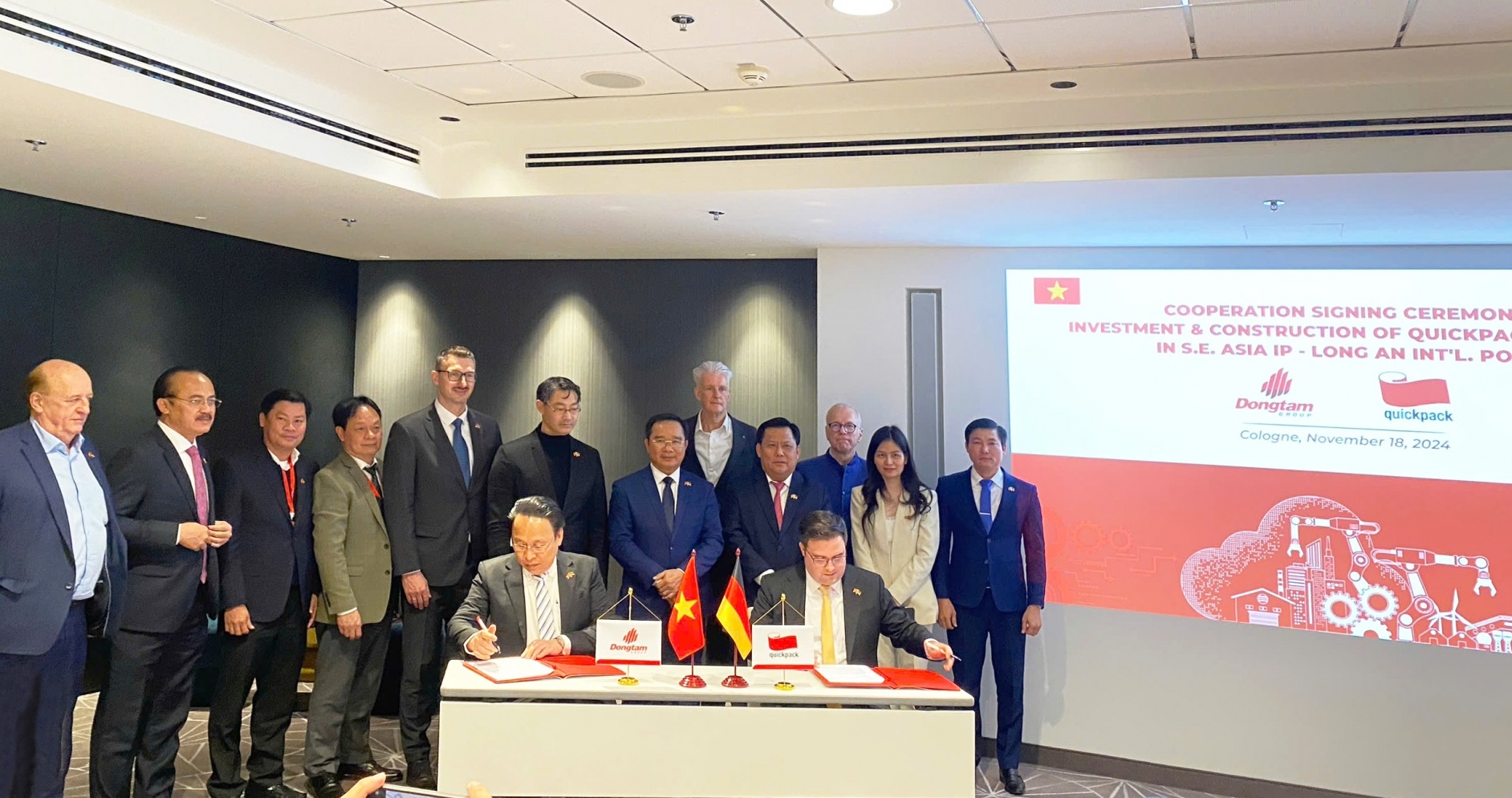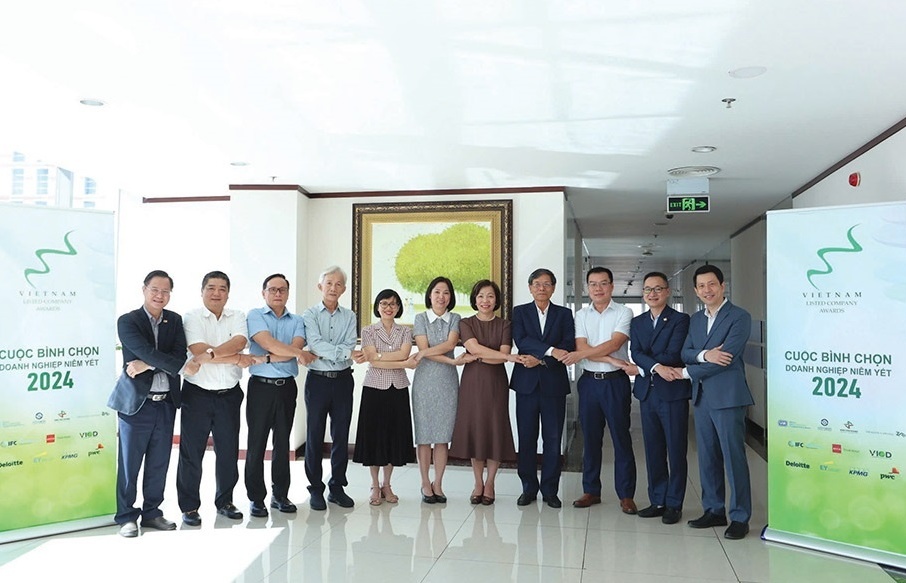WB chief economist’s assessment of VN’s economic performance
 |
| Mr. Sandeep Mahajan |
Could your share your assessment of Viet Nam’s economic performance so far this year?
Sandeep Mahajan: Economic activity continues to firm up in Viet Nam. GDP growth came in at 6 percent in the first quarter of 2015, the fastest first quarter rate of growth in five years. This followed 6 percent growth in 2014 – the fastest annual growth rate since 2011.
Inflation has stabilized at low levels, with the consumer price index (CPI) rising by just 0.04 percent in the first four months of 2015 (relative to the same period last year), reflecting a more prudent macroeconomic policy stance as well as a conducive external environment (low food and commodity prices, in particular) and slow credit transmission by the domestic banking sector.
Exports have held up well (recent slowdown notwithstanding), while strong inflows of FDI and private remittances have been sustained, which has helped Viet Nam strengthen its external balances and build up the foreign exchange reserves.
At the same time, while Viet Nam remains at a low risk of debt distress, rising public debt levels are becoming a concern. Viet Nam’s total outstanding public and publicly-guaranteed debt was estimated at nearly 61 percent of GDP by end-2014. The immediate root cause of the growing public debt is the budget deficit (financed largely through domestic sources). This underscores the need for a credible medium-term fiscal consolidation plan that would reverse the declining trend in revenue collection, stabilize recurrent spending at more affordable levels, and improve the efficiency of spending. Special attention will also be needed on containing the contingent liabilities arising from SOEs and the banking sector.
And the engines for Viet Nam’s recent stable economic growth?
Sandeep Mahajan: At the heart of this improved performance were stronger macroeconomic fundamentals, solid foreign direct investments in manufacturing sector and exports from the sector, and key reforms to the business climate.Industrial production grew by 9.4 percent (year-on-year) in 2015Q1, up from 5 percent in the same period of 2014. Export performance of FDI sector also remains strong, partly compensating for the softening of the commodity export earnings on account of weaker global prices. The agriculture sector has also been a stabilizing force in recent years and the services sector has maintained steady growth rates in the 6-7% range since 2010.
It is important to recognize, however, that despite the recent improvements, the Vietnamese economy still performs below its potential.
What’s your views on the management of the Government, especially in their efforts to improve the business environment?
Several important measures were taken in 2014 to improve the business environment, partly in anticipation of the tremendous opportunity offered by increased global integration, as well as the challenge of increased competition. Notably, the Government issued Resolution 19 which prioritizes shortening the time for processing and completion of administrative procedures, reducing administrative costs, and strengthening transparency and accountability of state administrative agencies.
At the same time, changes to the Enterprise Law, Bankruptcy Law, and Investment Law have created a more enabling business environment in Viet Nam for the coming years. For these reforms to produce their full benefits, it would be important to follow up decisive implementation measures. This is important since, despite the recent progress, Viet Nam is yet to see the emergence of a competitive and dynamic private sector that will be the foundation for the country’s modernization efforts.
How about prospects for Viet Nam’s economy, and what would be your recommendations?
The medium term outlook for Viet Nam is positive on balance. We expect to see gradual improvement in GDP growth and continued macroeconomic stability, with stepped up efforts to confront therising pressures from rising public debt. We project GDP growth to coming at around 6.2 percent in 2015, and inflation to remain moderate on account of low global energy and food prices, and gradual recovery in domestic private demand. A pick up in export growth and robust remittances will keep the current account in surplus, albeit of diminishing amount as stronger domestic economic activity stokes import growth.
This baseline assessment is subject to some downside risks. On the external front, global growth remains sluggish and subject to much uncertainty, with important implications for Viet Nam through its significant trade linkages. Furthermore, weak global prices of rice and other agricultural products may adversely affect rural household income and consumption and widen the urban-rural gap.
On the domestic side, a crediblemedium-term fiscal consolidation plan together with an equally credible plan to strengthen the finances of the SOEs and state-owned banking sector would remain crucial to ward off pressures on public debt sustainability and to boost the fragile private sector confidence.
On the upside, emerging trade agreements provide opportunity for Vietnamese enterprises to reach out to much bigger and richer markets.
What the stars mean:
★ Poor ★ ★ Promising ★★★ Good ★★★★ Very good ★★★★★ Exceptional
Latest News
More News
- Trump's trade policies could shape Vietnam's economic outlook: Dragon Capital (November 15, 2024 | 16:56)
- Prioritising corporate governance for Vietnam’s sustainable growth (November 14, 2024 | 16:50)
- Vietnam eyes nuclear revival to bolster energy security (November 14, 2024 | 16:46)
- German businesses explore investments in Dong Nai (November 08, 2024 | 18:02)
- Vietnamese consumer sentiment outperforms regional averages (November 08, 2024 | 18:00)
- Exchange and interest rates forecast to remain stable after US election (November 07, 2024 | 14:04)
- Industrial real estate stocks benefit from US election results (November 07, 2024 | 13:56)
- 2024 sees $1.41 billion in fintech funding so far (November 07, 2024 | 08:13)
- Trump at 266 electoral votes, Harris at 195: US media (November 06, 2024 | 14:30)
- Hanoi targets digital and high-tech investment with upcoming event (November 06, 2024 | 13:28)

















 Mobile Version
Mobile Version